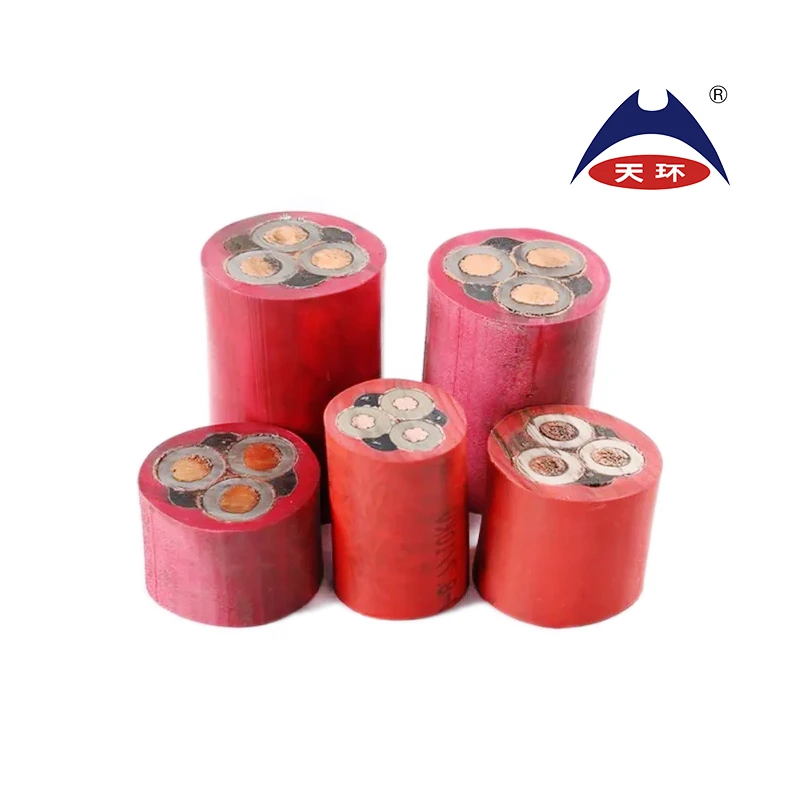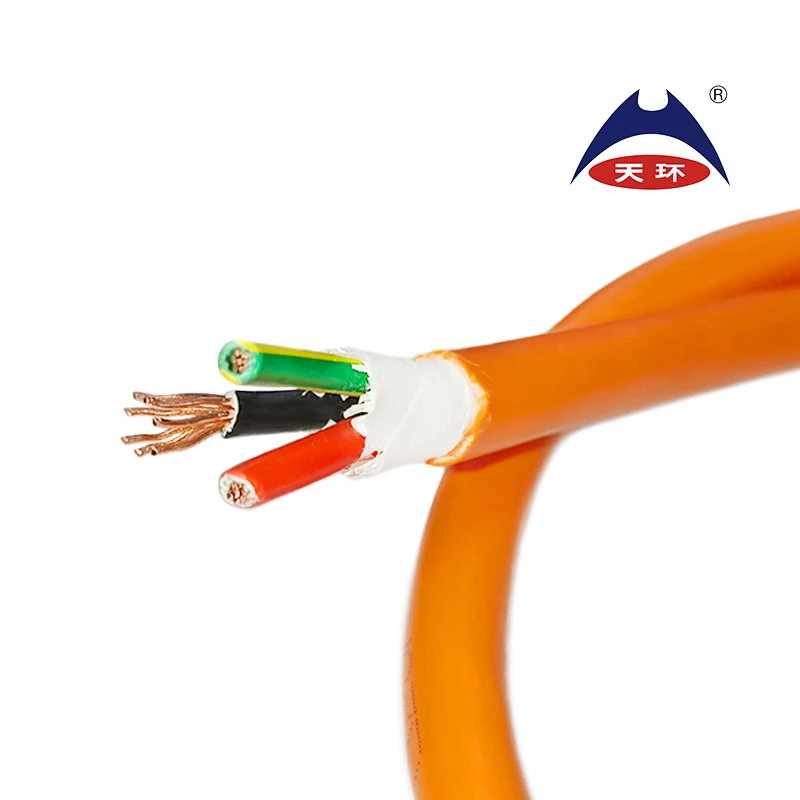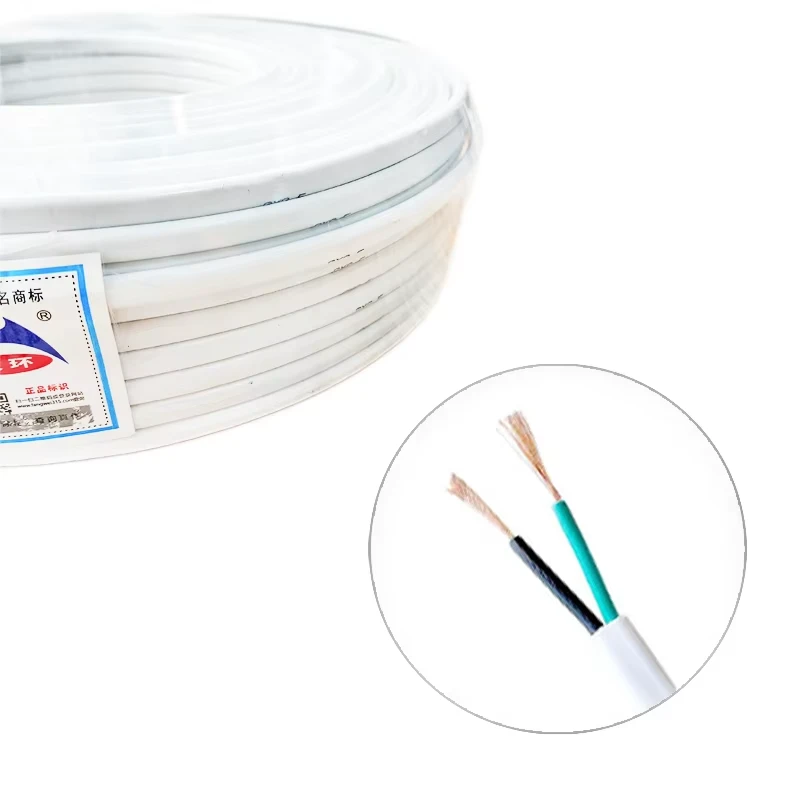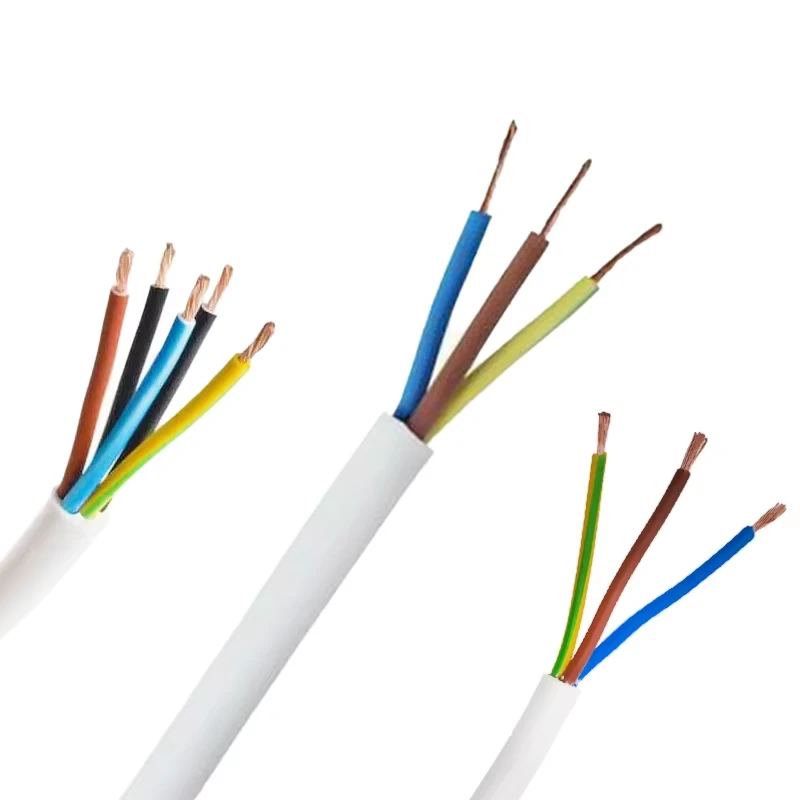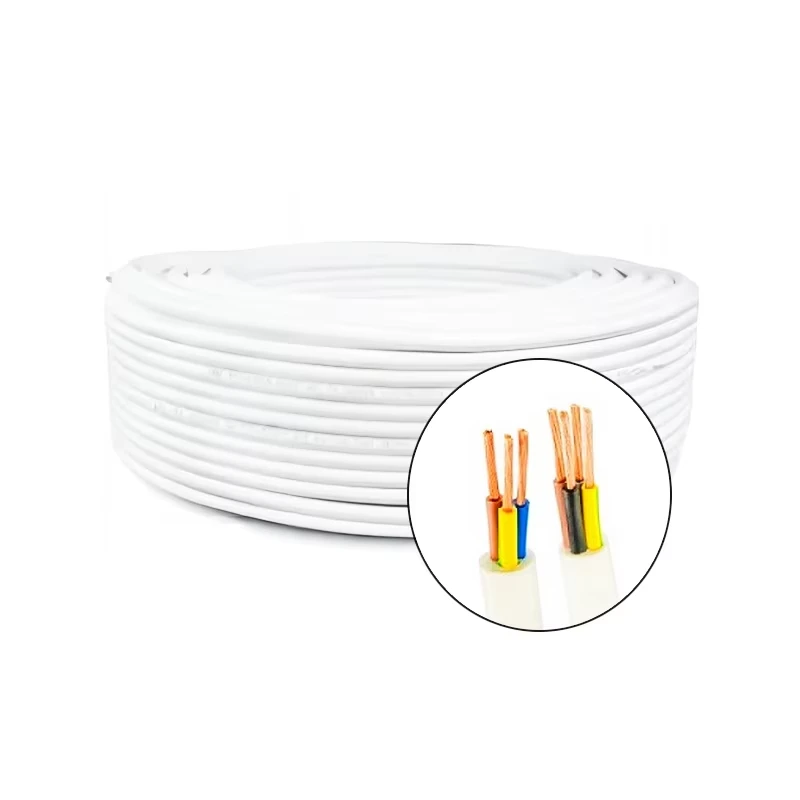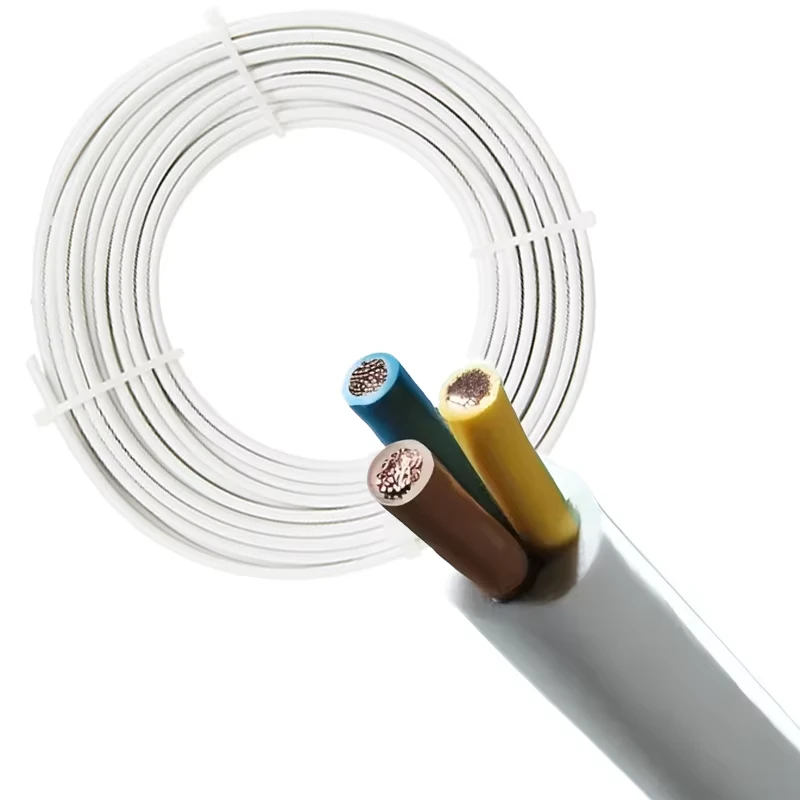
best pv cable tray
The Best PV Cable Tray Solutions for Solar Power Systems
As the demand for renewable energy continues to rise, solar power has emerged as a leading solution to fulfill the world's energy needs. One of the critical components in any solar energy system is the cable management solution, particularly the PV (photovoltaic) cable tray. Effective design and selection of these trays can significantly influence the efficiency, longevity, and safety of solar installations. This article will explore the best practices for selecting PV cable trays and highlight some top options available in the market.
Why Cable Trays Matter
In photovoltaic systems, cables are responsible for transporting electricity generated by solar panels to inverters and ultimately to the electrical grid or storage systems. Proper management of these cables is crucial, as poor installation can lead to wear and tear, increased resistance, and potential safety hazards, such as electrical fires. PV cable trays are specifically designed to organize and protect these cables, ensuring they are securely anchored and free from obstructions.
Key Features of Quality PV Cable Trays
When evaluating cable trays for solar applications, several essential features should be considered
1. Material Durability The best cable trays are made from materials that can withstand varying environmental conditions, including UV exposure, extreme temperatures, and moisture. Common materials include galvanized steel, stainless steel, and aluminum, each with unique benefits. For example, stainless steel offers superior resistance to corrosion, making it ideal for coastal installations.
2. Load Capacity It is crucial to select a cable tray that can support the weight of cables without sagging or deforming. Manufacturers usually provide load ratings, ensuring that the trays can handle the number of cables being installed without risk of structural failure.
3. Safety Features Cable trays should include safety features such as grounding provisions and flame-retardant properties. This is particularly important in environments where the risk of fire is heightened due to electrical faults or extreme conditions.
best pv cable tray

4. Ease of Installation and Maintenance Efficient cable trays are designed for quick and easy installation. Many products come with modular configurations that allow for flexibility and adaptability as solar systems expand. Furthermore, trays that facilitate easy access to cables simplify maintenance and troubleshooting.
5. Compatibility with Solar Panel Systems The design of the cable tray should complement the specific requirements of solar panel systems. This includes considerations for spacing, routing of cables, and integration with existing infrastructure.
Top PV Cable Tray Options
1. Panduit Cable Tray System Panduit offers a modular tray system specifically designed for PV applications. Their trays are lightweight yet robust, featuring a variety of sizes and configurations to accommodate different solar setups. The trays are made from aluminum and offer excellent corrosion resistance.
2. Atrium Cable Tray Atrium’s cable trays are engineered with advanced material technology, making them suitable for both rooftop and ground-mounted solar installations. Their trays offer unique grounding options and are available in various widths to suit different cable sizes.
3. Eaton Cable Tray Solutions Eaton provides comprehensive cable management solutions, including cable trays optimized for solar applications. Their products focus on safety and compliance while allowing for easy installation in various environmental conditions.
4. Raychem BTM Cable Tray Known for their superior electrical insulation properties, Raychem’s cable trays are perfect for environments prone to electrical hazards. Their designs not only protect cables but also enhance the overall efficiency of the solar power system.
Conclusion
The importance of selecting the right PV cable tray cannot be overstated in ensuring the efficiency and safety of solar energy systems. By concentrating on durability, load capacity, safety features, ease of installation, and compatibility, installers and owners can significantly enhance the operational success of their solar projects. With various options available in the market, it’s essential to choose a solution that aligns with the specific needs of your solar installation while considering the environment in which it will operate. In doing so, one can optimize the performance and lifespan of the solar power system, contributing to a sustainable energy future.
-
Reliable LIYCY Cable Solutions for Low and Medium Voltage ApplicationsNewsJul.14,2025
-
Premium Overhead Electrical Wire Solutions for Low and Medium Voltage ApplicationsNewsJul.14,2025
-
Innovative XLPE Electrical Cable Solutions for Modern Low and Medium Voltage NetworksNewsJul.14,2025
-
High-Quality Ethylene Propylene Rubber Cable – Durable EPDM Cable & 1.5 mm 3 Core OptionsNewsJul.14,2025
-
Exploring the Versatility of H1Z2Z2-K 1X4mm2 Cables in Modern ApplicationsNewsJul.14,2025
-
Uses of Construction WiresNewsJul.14,2025
-
Types of Neoprene CableNewsJul.14,2025





